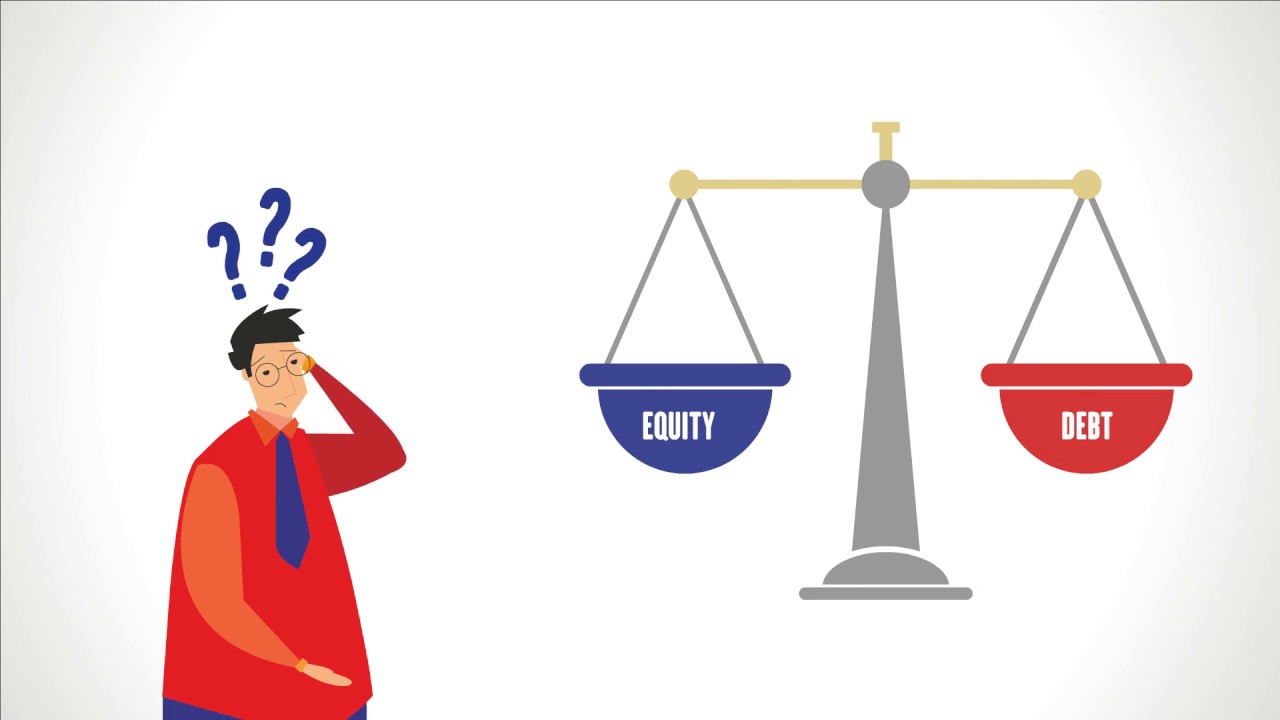Combining two unrelated components would give rise to what is known as a “hybrid” of that particular entity. However, do you have any idea what such a hybrid mutual fund is or how it works? Investing in both equities and debt securities is possible through the use of a hybrid fund. Because of this, they are also referred to as multi-asset funds. In addition, there are several distinct kinds of hybrid funds, each of which is designed to appeal to a certain category of the investor by virtue of the particular debt-equity blend that something that employs.
What is a hybrid fund?
As you may have noticed up top, a hybrid fund is essentially a sort of mutual fund that invests the combined capital of its owners in a variety of distinct asset classes or financial markets.
In most cases, hybrid funds will invest their money in a combination of the equities market as well as the debt market. Nevertheless, there are a large number of different hybrid funds which invest in stocks and commodities, stocks and gold, and so forth.
Investors refer to certain funds as hybrid funds despite the fact that these funds exclusively engage in the equity market. This is due to the fact that these funds invest in a combination of growth companies as well as value stocks.
How does the operation of a Hybrid Fund work?
In the medium to long term, hybrid mutual funds aim to provide their investors with capital appreciation as well as a consistent income stream from the balanced portfolios they construct. In accordance with the scheme’s investment objective, the manager of such a fund assembles an investment portfolio that contains at least two and no more than three distinct asset classes in a variable proportional distribution. In addition, the manager of the fund may purchase or sell assets depending on whether or not the movements of the market are favorable. This action may also be taken in order to rebalance the assets in the portfolio in accordance with the asset allocations that have been intended.
The proportion of the fund’s holdings in riskier assets determines the level of risk associated with investing in hybrid funds. Therefore, it might be beneficial to take a look at the make-up of the fund. Consider taking a look, for instance, at the different equities it has invested in. You have the option of determining whether they are large-cap, mid-cap, or small-cap firms.
You could also examine your personal objectives in terms of the timescales and levels of risk you are willing to take and determine whether or not they coincide only with investments you have made in hybrid funds. You can also seek the financial guidance of professionals in order to have a clearer picture of this situation.
Mutual funds that combine traditional and alternative investment strategies are a good choice for investors looking for a low-risk investment solution that nevertheless offers competitive returns. Nevertheless, prior to putting money into a hybrid fund, you need to consider the expense ratio of the fund and the background of the fund manager. Because the fee is removed from your account on a regular basis, the expenditure ratio has the effect of lowering the real returns.
Conclusion
A fund manager who has a demonstrated history of turning a profit has a greater probability of delivering satisfactory returns on investors’ investments. Before making any kind of commitment to hybrid funds, it is essential to weigh the benefits and drawbacks of those funds.




